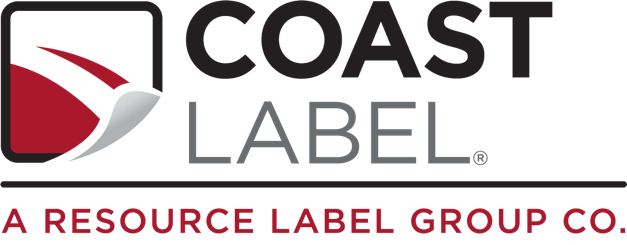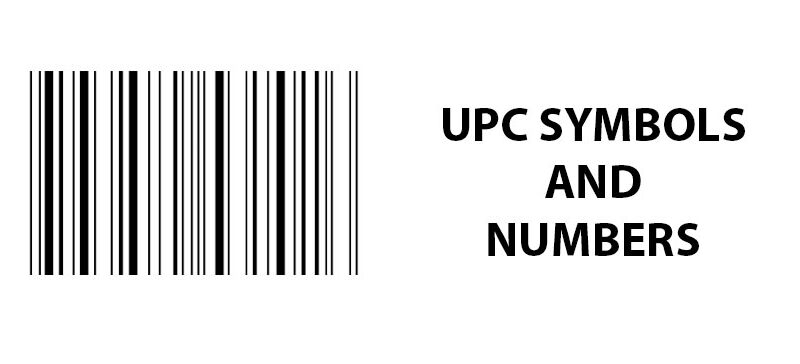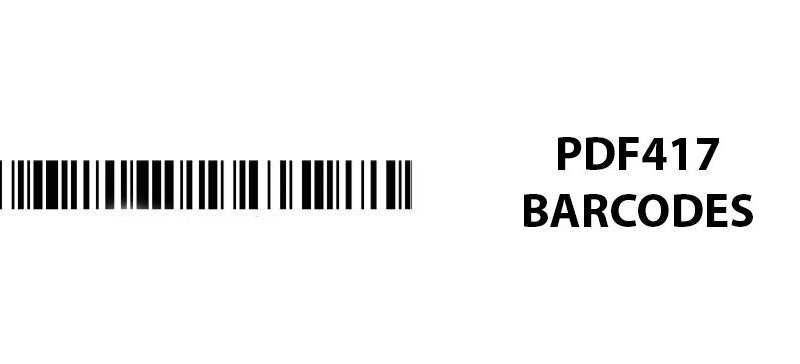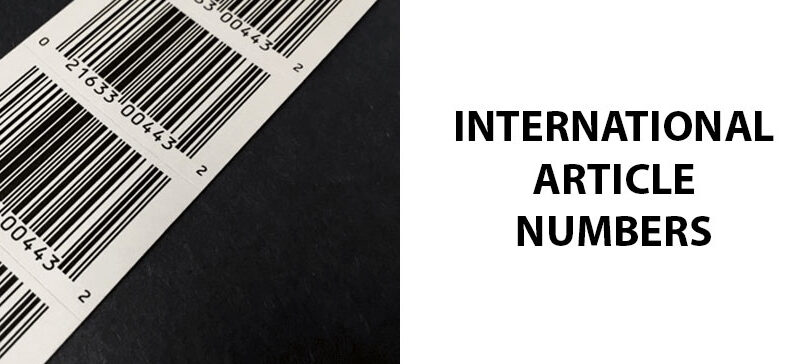The UPC symbol is one of the most widely used barcodes in North America and abroad. Although it seems quite simple, that simplicity is part of its brilliance. UPC barcodes are crucial for product identification, inventory management, and retail success. Whether you’re selling in brick-and-mortar stores or online marketplaces, having a valid UPC number ensures your products can be scanned, tracked, and sold efficiently.
In this guide, we’ll break down what a UPC symbol is, why it matters, and how to obtain one for your own business.
What Are UPC Symbols?
The UPC symbol is a barcode used for tracking and identifying products in retail stores. These barcodes use a mix of black lines and white spaces to encode numeric data that can be scanned by a machine. This makes checkout and inventory processes move faster with less human error. UPC, which stands for Universal Product Code, is universally recognized, making it indispensable for businesses today.
What Are UPC Numbers?
UPC numbers are 12-digit numerical identifiers assigned to products for retail and inventory tracking. They are part of the UPC barcode system, which helps businesses scan and manage products efficiently.
Each UPC number is unique to a product and is used globally in retail stores, online marketplaces, and supply chains for product identification and pricing.
The formatting of each UPC number looks like this:
- Company prefix: The first 6 to 9 digits, assigned to the manufacturer by GS1.
- Item reference number: The next 2 to 5 digits, unique to the specific product.
- Check digit: The last digit, which is calculated using an algorithm to ensure that the code is valid.
Where Are They Used?
Together, UPC numbers and the UPC symbol are printed on UPC labels and used for product identification and tracking. They are commonly used in the following places:
- Retail stores: UPC symbols are commonly found in retail environments. UPC barcode labels are placed on products for quick checkouts and inventory management.
- E-commerce: Platforms like Amazon, eBay, and Walmart require UPCs to list products and track sales.
- Supply chain: Warehouses, distributors, and logistics companies use UPCs to track stock levels, shipments, and product movement.
- Manufacturing: Manufacturers assign UPCs to their products for distribution, wholesale, and resale tracking.
What Are They Used For?
UPC barcodes are used in a variety of industries for identifying, tracking, and managing products. Here are some of the main ways they are used:
- Checkout: The UPC symbol is placed on products for easier POS processes. When scanned at checkout, the UPC symbol allows for quick retrieval of product prices while also updating inventory. This reduces human errors in manual price entry.
- Inventory management: Businesses rely on UPC codes to track stock levels. As products are brought into or out of inventory, the UPC symbol is scanned to automatically update inventory count. This helps businesses restock products efficiently without overstocking or running out of popular items.
- Product authentication: UPC barcodes can help prove that a product is genuine and prevent the sale of counterfeit goods.
- Product recalls: In case of a recall, UPC codes allow businesses to quickly identify and recall specific product batches.
- Returns: When a customer needs to return a product, the UPC symbol simplifies the process. The clerk can scan the barcode and ensure that it matches the product on the receipt.
Important Things to Know
When designing your UPC symbol labels, here are some important things to know.
- Each product variation needs a unique UPC, including for different sizes, colors, and packaging types.
- The 12th digit of a UPC number is called a check digit. It’s used to ensure accuracy.
- UPC codes are recognized globally. Although they’re mainly used in North America, UPCs are recognized internationally.
- Barcodes must be printed clearly for scanning. Poor barcode quality can cause scanning issues, which may lead to delays at checkout.
What’s a GTIN 12?
A GTIN, or Global Trade Item Number, is used globally to uniquely identify products. There are various types of GTINs, including GTIN-8, GTIN-12, GTIN-13, and GTIN-14. A GTIN-12 is the 12-digit number used in UPC barcodes. GTIN-12 is synonymous with UPC.
How Many UPC Codes Do You Need?
The number of UPC codes depends on several factors. First, each product needs its own UPC symbol. If you sell 3 unique shirts, you would need a UPC code for each. Additionally, each variation of the product needs its own UPC code. So if each shirt has 5 different sizes and 2 different colors, you would need a total of 30 UPC codes. Finally, if you sell multi-packs or bundles, those will each need their own UPC.
How to Generate a UPC Number
UPC is managed by GS1, a global standards organization. You cannot generate a UPC number on your own. To create a valid UPC number, you’ll need to follow these steps:
- Get a company prefix from GS1, the organization that issues UPC codes. The company prefix they assign you will be between 6 to 9 digits long.
- After getting your GS1 company prefix, you can create unique item reference numbers for each product.
- Calculate the 12th digit (the check digit) using the Check Digit Calculator on the GS1 website.
- Once you have your UPC number, you can generate a UPC-A barcode using free online tools or barcode software.
- Print and use the UPC symbol. Double-check that the barcode is scannable by testing it with a barcode scanner. Add it to product packaging, labels, or online listings.
Where Can You Purchase UPC Codes?
GS1 is the official source for UPC codes and therefore the best place to purchase UPC codes. Purchasing your UPC codes from GS1 ensures that your UPCs are globally unique and retailer compliant.
There are some resellers that sell individual UPCs at lower prices without a GS1 membership. If you’re selling in smaller online stores and don’t need GS1 verification, purchasing individual UPCs this way might be okay. However, Amazon and other major retailers may reject non-GS1 UPCs.
Custom UPC Symbol Labels
Whether you’re launching a new product or expanding your catalog, UPC symbol labels will help your business stay organized and retail ready. But not just any label will do. You need labels that don’t peel or fade.
For custom UPC symbol labels that last, you can count on Coast Label. We’ll help you engineer labels that stay put and remain scannable through the toughest of conditions. Contact us today to see how we can help your business flourish!



